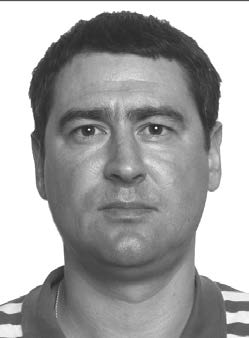FEATURES OF COMPETITIVE ACTIVITY FOR INSTRUMENTAL AND EXPRESSIVE LEADERS OF STUDENT BASKETBALL TEAMS
Keywords:
basketball students, physical training, competitive activity, instrumental and expressive leaders.Abstract
Objective of the study was to identify the features of competitive activity among the instrumental and expressive leaders of student basketball teams.
Methods and structure of the study. In the work on the Cattell scale, indicators of leadership, emotional manifestation and performance were determined, basketball players were divided into instrumental and expressive leaders. Indicators of physical fitness were identified based on the results of the main test tasks, competitive activity - time played, shots from the field, free throws, passes and interceptions, rebounding the ball on one's own and another's backboards, fouls. The study involved 156 basketball players from Moscow universities.
Results and conclusions. The instrumental leaders showed higher results (5% significance level) in comparison with the performance of the athletes of the rest of the group of athletes in carpal dynamometry, pull-ups on the bar, long jump from a place, medicine ball throwing. Expressive leaders more effectively performed the 3x10 m shuttle run, made more field goals (15.4 shots), had the highest rate of shots effectiveness (48.5%), performed more assists (7.9 assists). The instrumental leaders intercepted balls more successfully (12.6 interceptions), made fewer mistakes when dribbling and passing the ball (7.4 errors). Significant differences in physical readiness and results of competitive activity by basketball players of student teams between instrumental and expressive leaders and followers were revealed, which should be taken into account in the training process and competitive activity.
References
Elevich S.N. The dynamics of the special preparedness of highly qualified basketball players in the competitive period of the annual cycle. PhD diss. abstract. Moscow, 2004. 27 p.
Kazakov D.A., Romanova A.V., Eremin M.V., Komarov M.N. The relationship of basketball players of different ages and playing roles. Theory and practice of physical culture. 2021. No. 7. pp. 45-46.
Karpov V.Yu., Petrunin R.E., Rodin A.V. The content of technical training of athletes in game sports. Bulletin of the Sochi State University of Tourism and Resort Business. 2011. No. 4 (18). pp. 271-273.
Rodionov A.V. General psychological training of high-class athletes. Actual problems of sports science in the preparation of athletes for the Olympic Games. Proceedings International scientific-practical conference. Minsk: CJSC "Vedi", 2004. pp. 21-26.

Additional Files
Published
Versions
- 17-11-2022 (2)
- 17-11-2022 (1)

